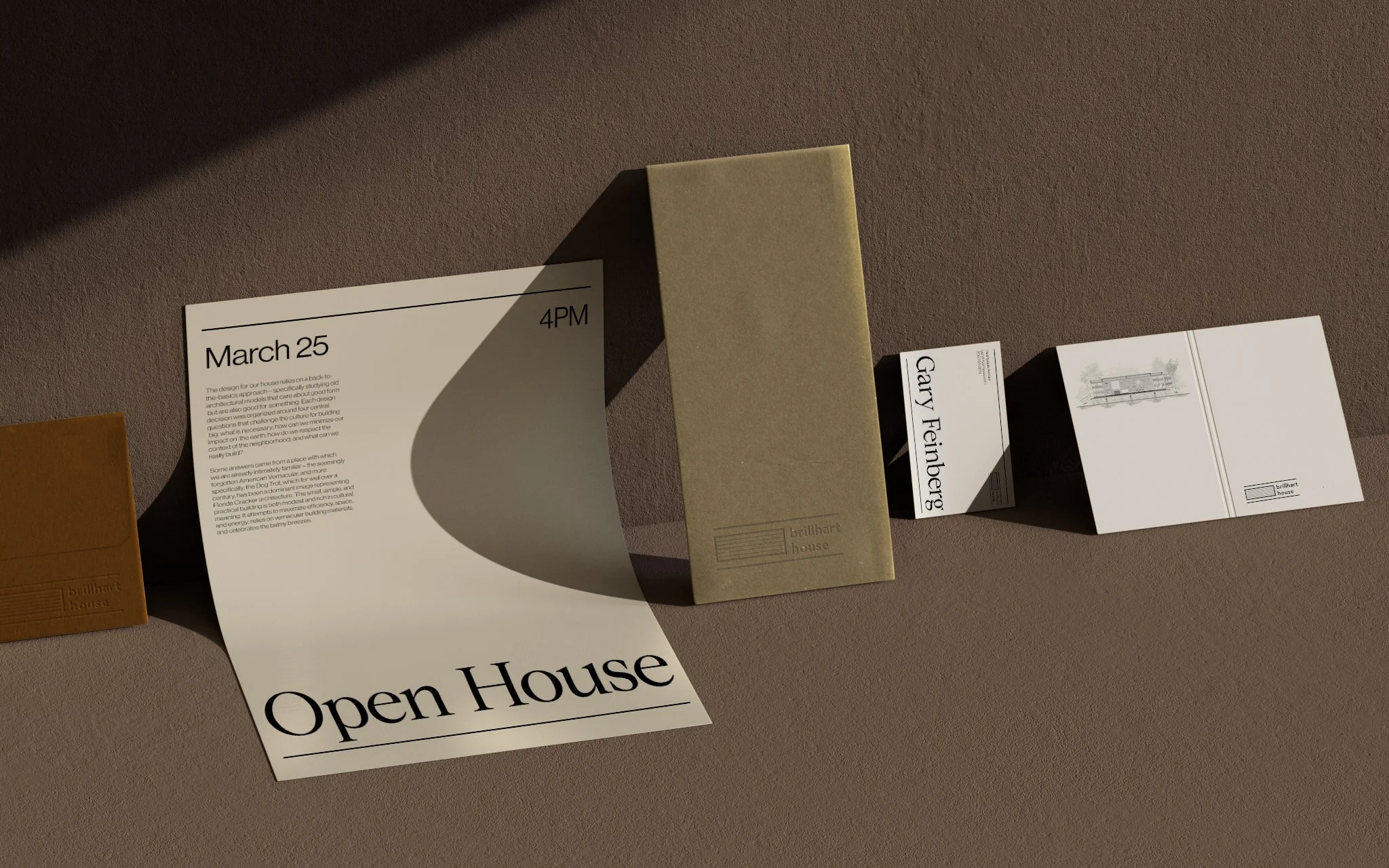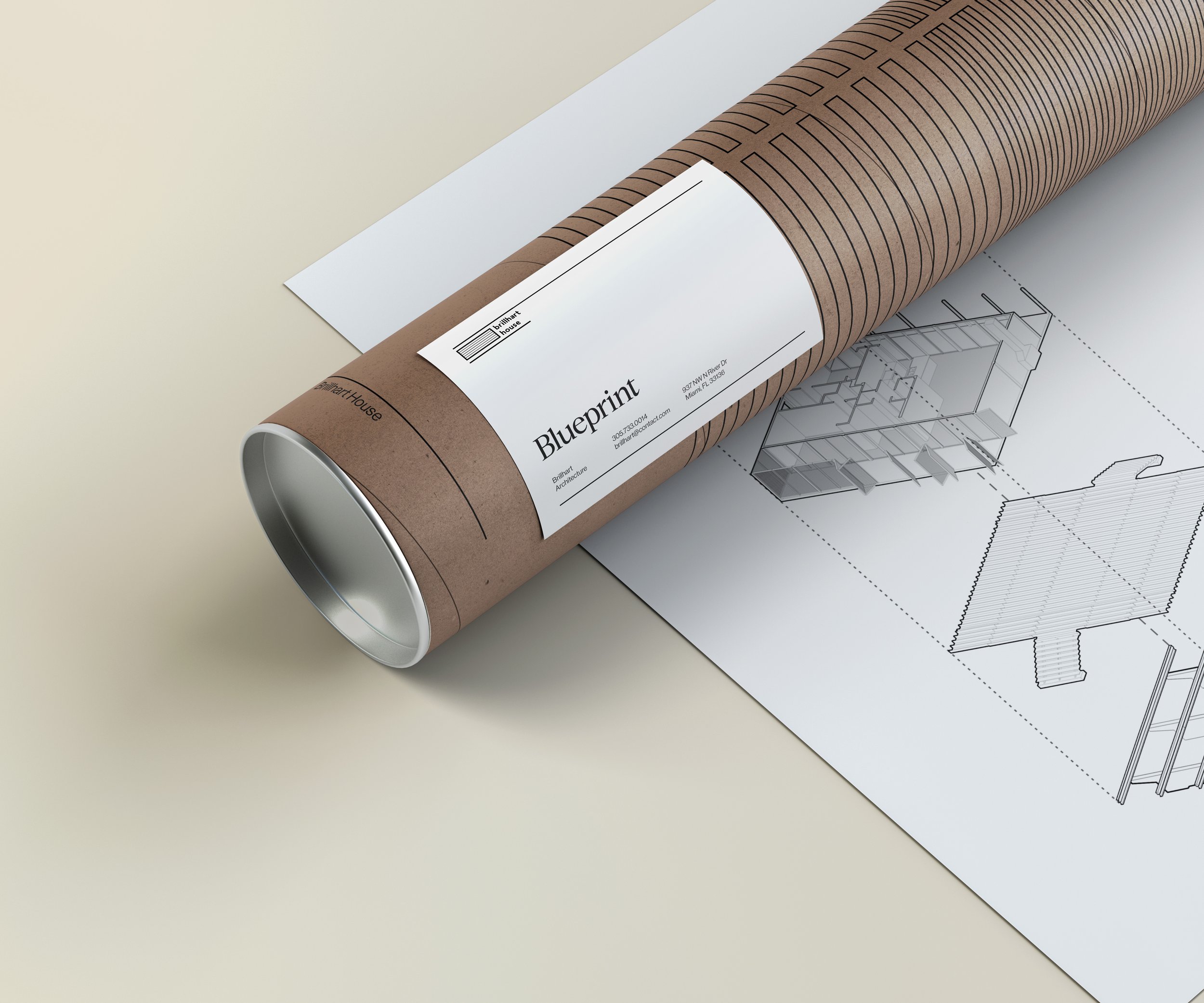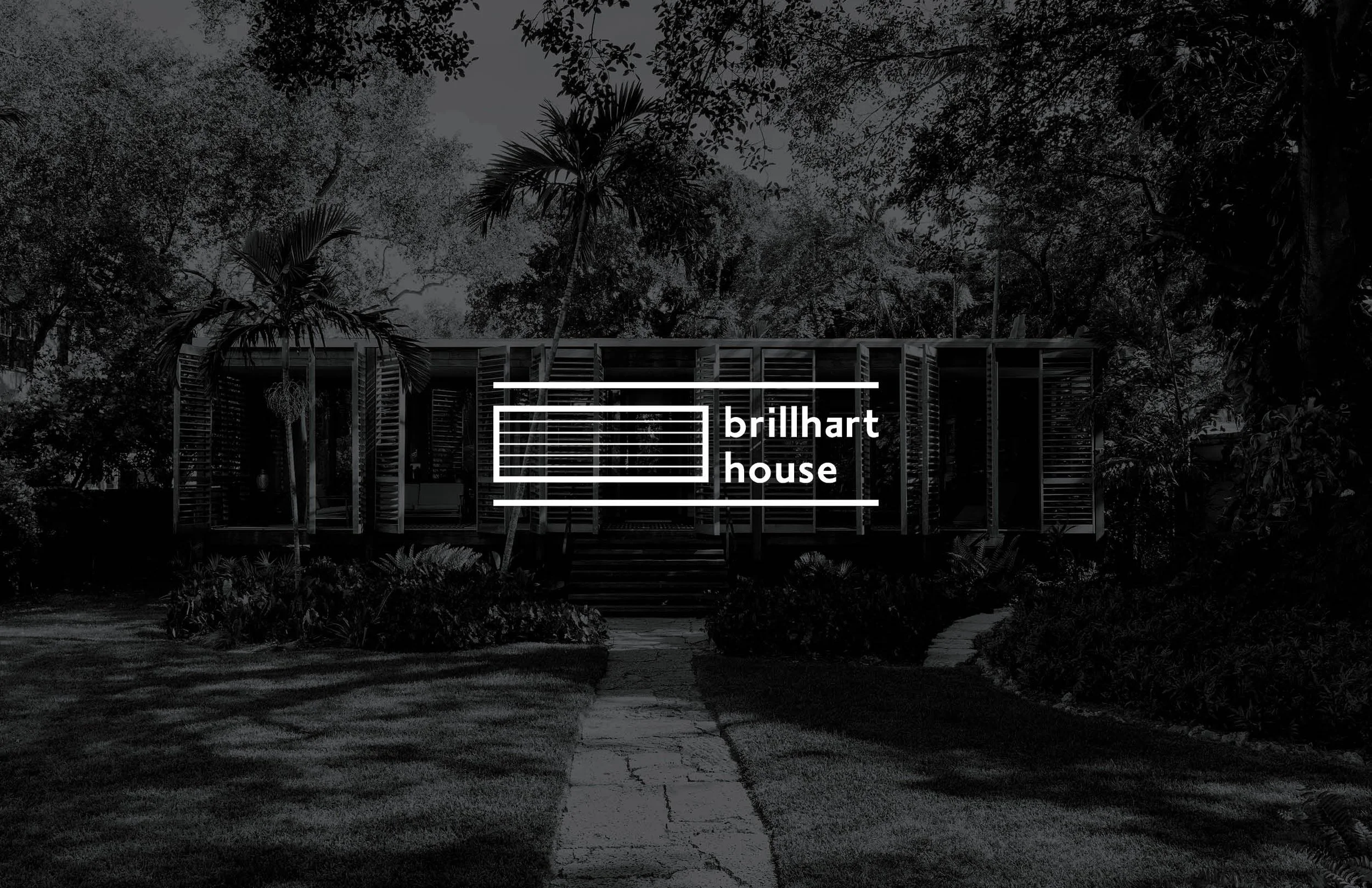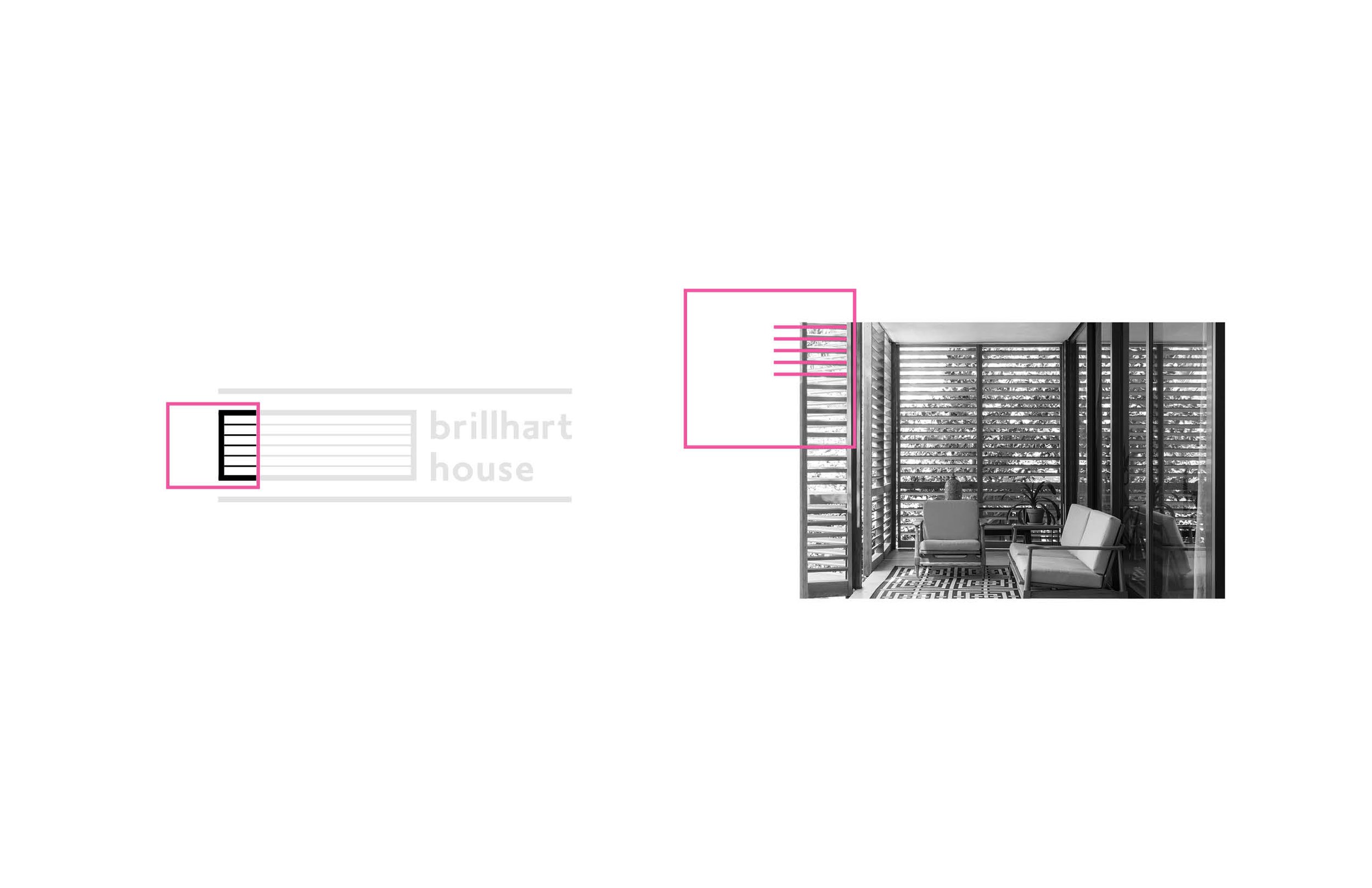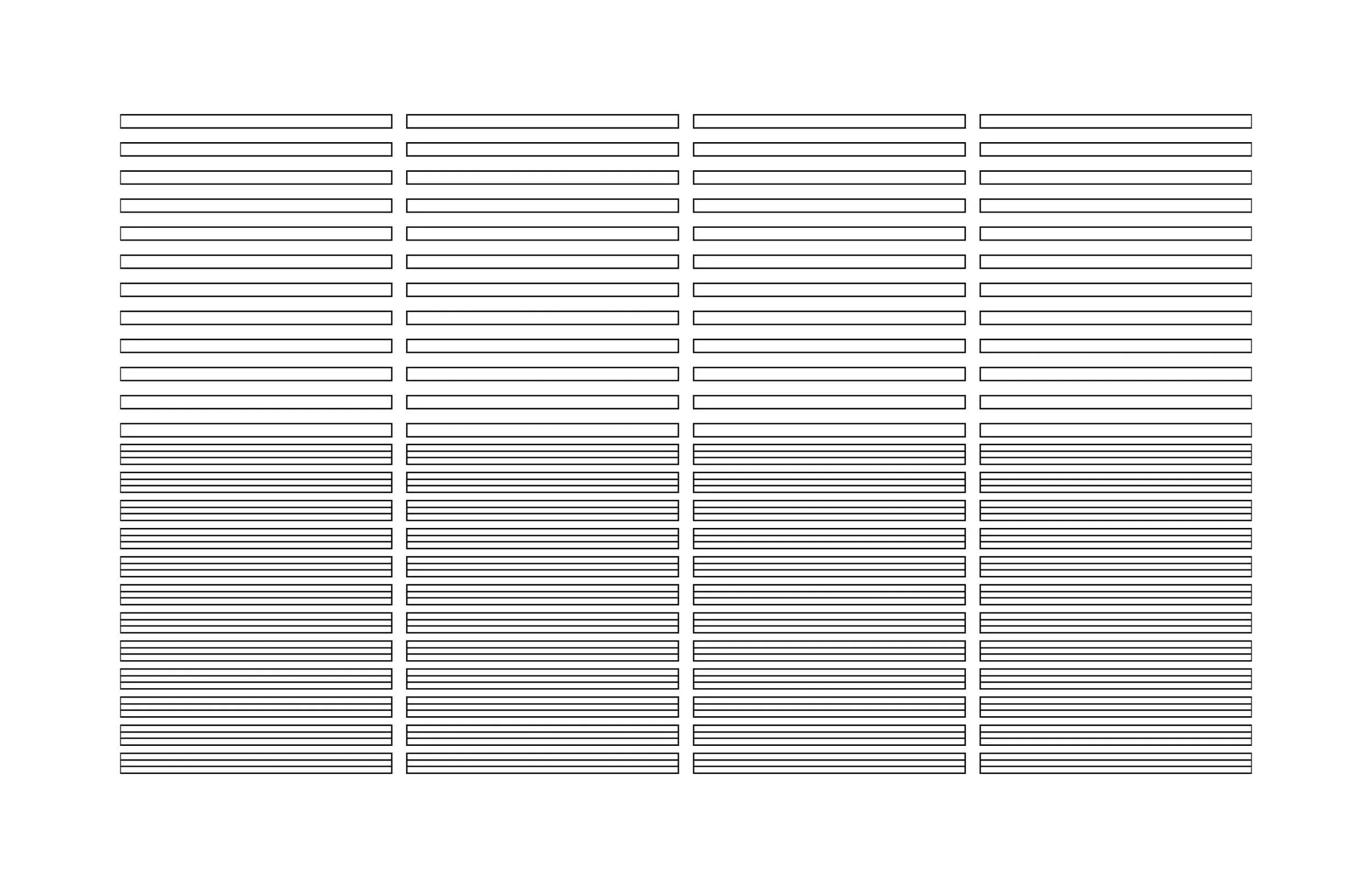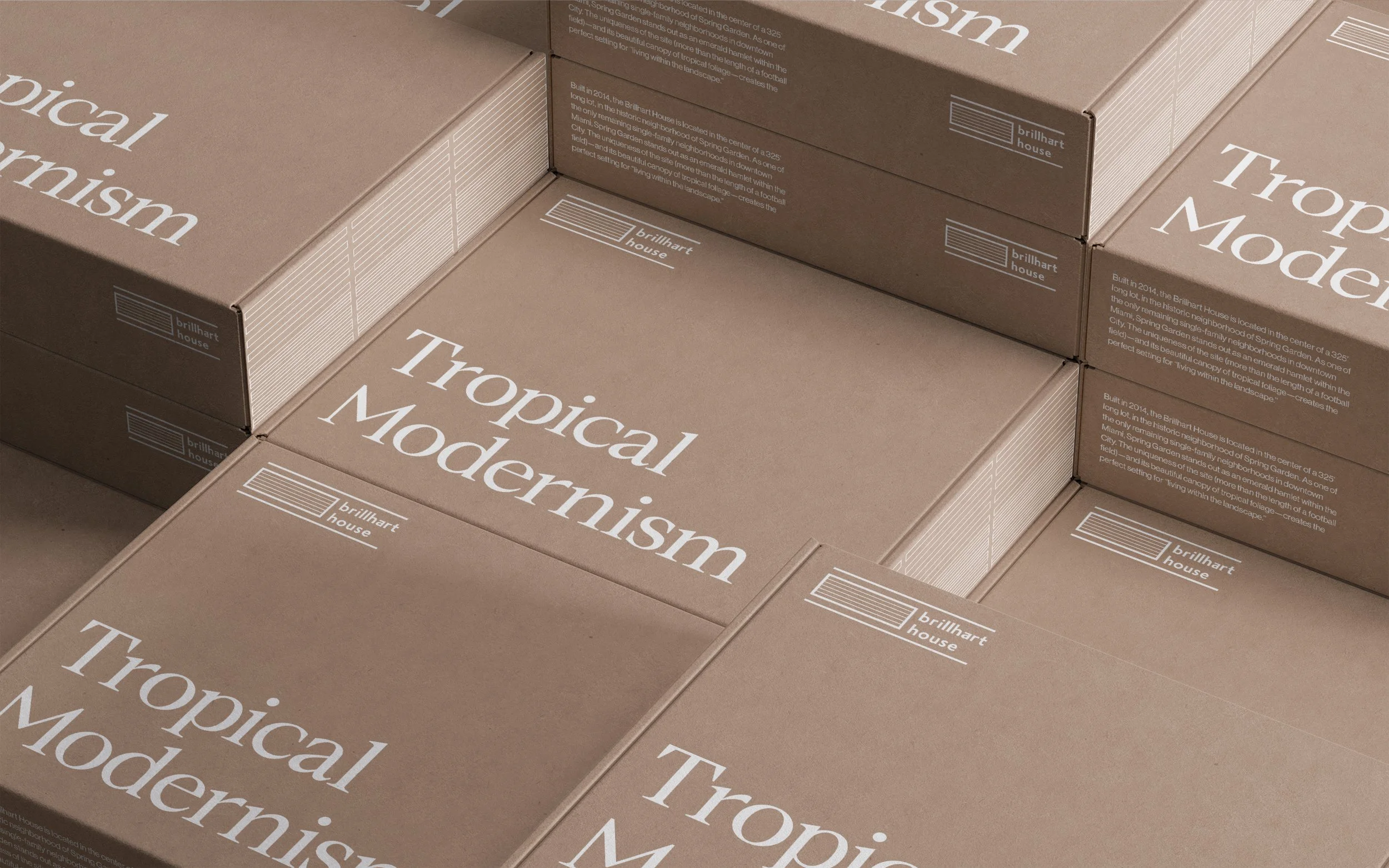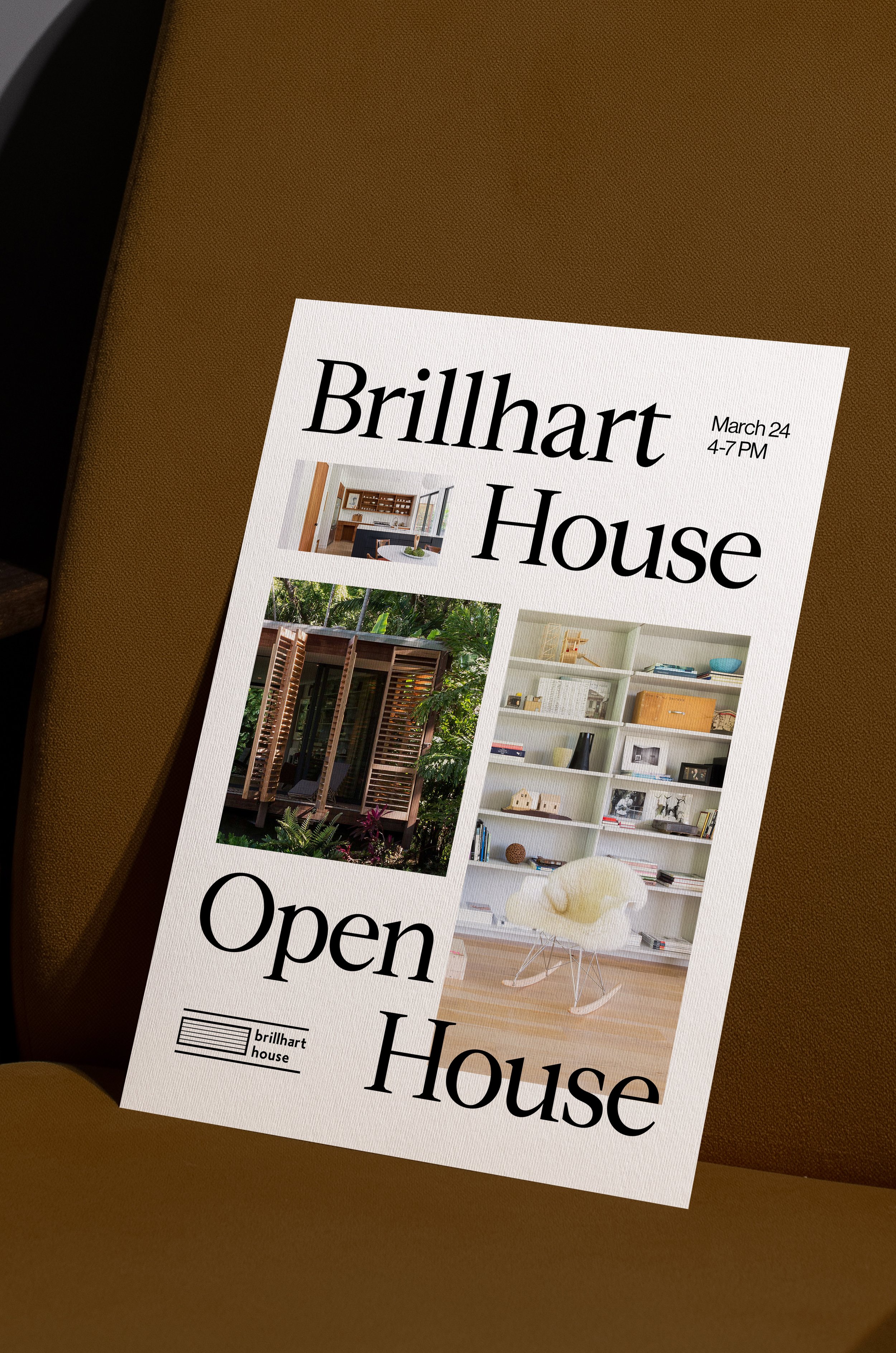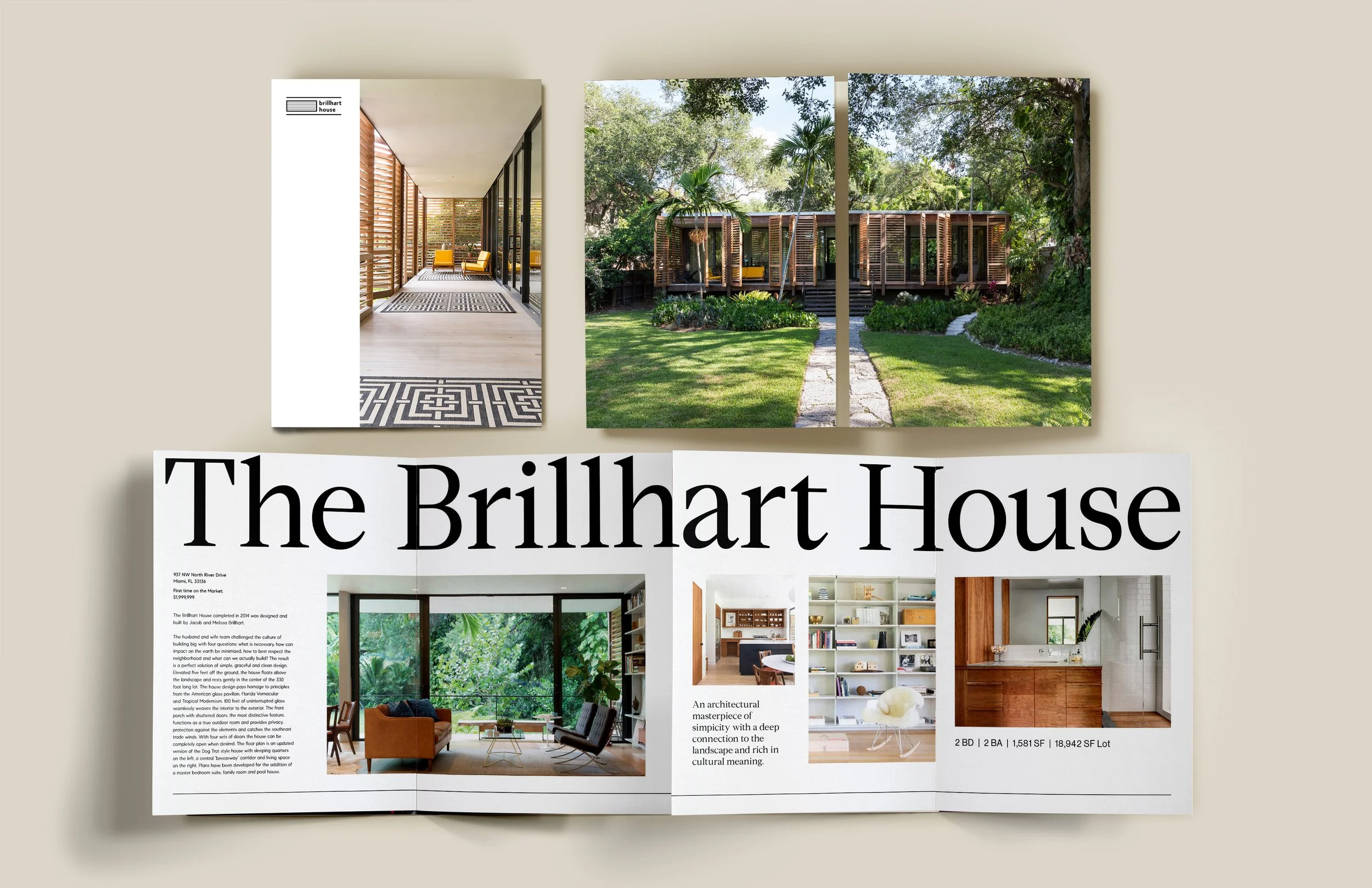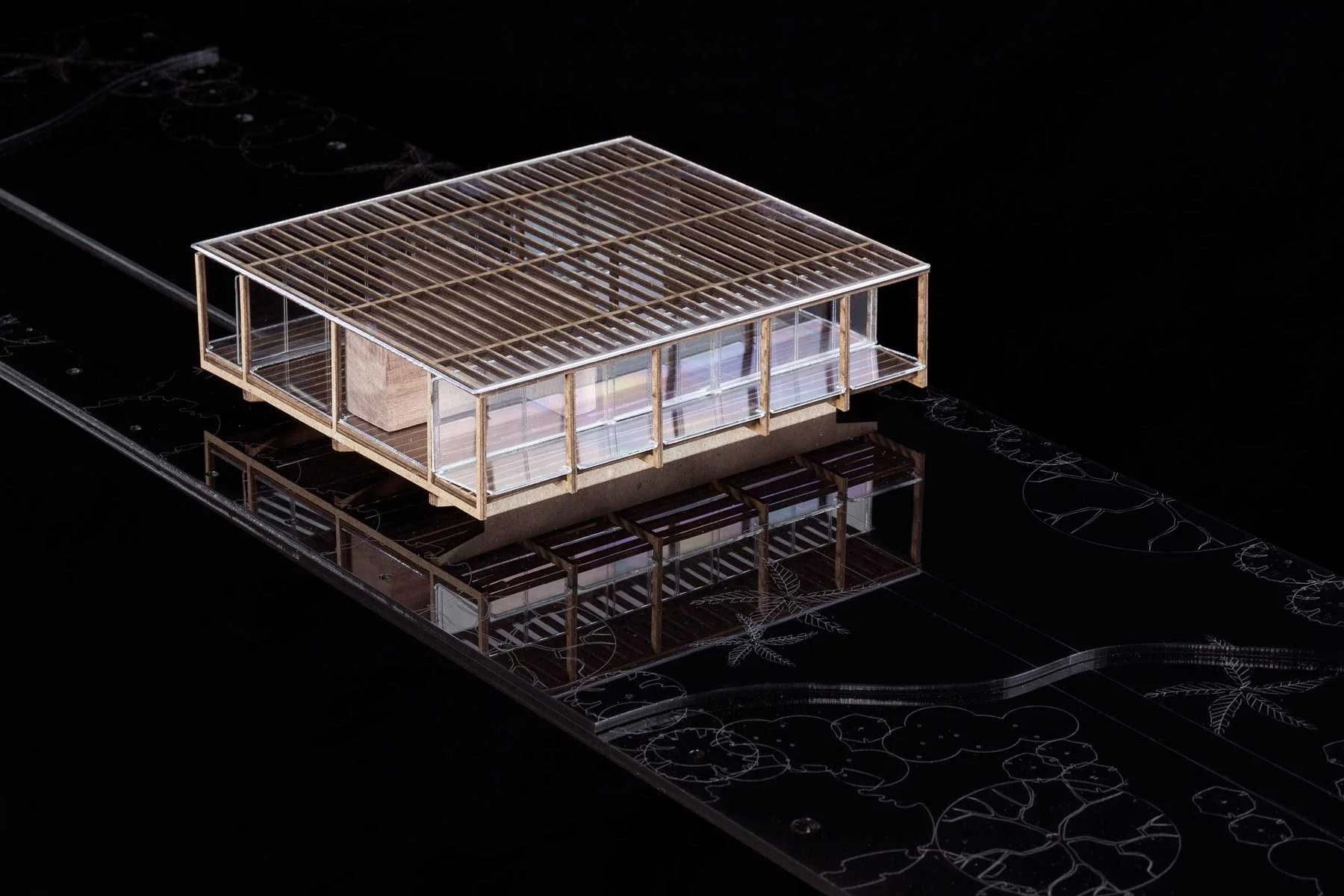Brillhart House
Art Direction
Identity Design
Print and Digital Design
Client
Brillhart Architecture
Creative Partners
Hannah Ouaknine
The Brillhart House, one of the most celebrated examples of contemporary, tropical modern architecture.
The home, which has earned numerous honors, has been featured in the Netflix and BBC series, “The World’s Most Extraordinary Homes”; is listed as one of the top 100 buildings in the United States (Archdaily), and is ranked one of the five best houses in Florida (Dezeen). Built in 2014, the Brillhart House is located in the center of a 325’ long lot, in the historic neighborhood of Spring Garden. As one of the only remaining single-family neighborhoods in downtown Miami, Spring Garden stands out as an emerald hamlet within the City. The uniqueness of the site (more than the length of a football field)—and its beautiful canopy of tropical foliage—creates the perfect setting for “living within the landscape.”
The principles of Tropical Modernism offered direction in this brand identity for one of the most renowned architecture pieces in Florida. The solution for branding this house was rooted in simplicity, modernism, and the architectural elements and materials that come from the house.
Back to Basics
Approach
Conceptually, the design of the house draws upon a rich architectural heritage. In addition to the American glass pavilion, the architects also referenced the Florida vernacular “dogtrot” typology and earlier Florida modern designs. These references, which are steeped in cultural meaning, also offer a simple solution for the brand identity.
Inspired by the horizontal slats in louvered shutters. Horizontal lines suggest calm, relaxed comfort, stability, and security. Through their connection to the horizon, they’re associated with earthbound things.
Marketing
the House
A series of marketing pieces, both digital and print, were
created to market
the property. I decided to work with minimal components to align with the architects' original intention, the back-to-basics approach, and the use of natural materials in context with the environment. Modernist layouts and a limited color palette rooted in earth tones reference the actual property.
